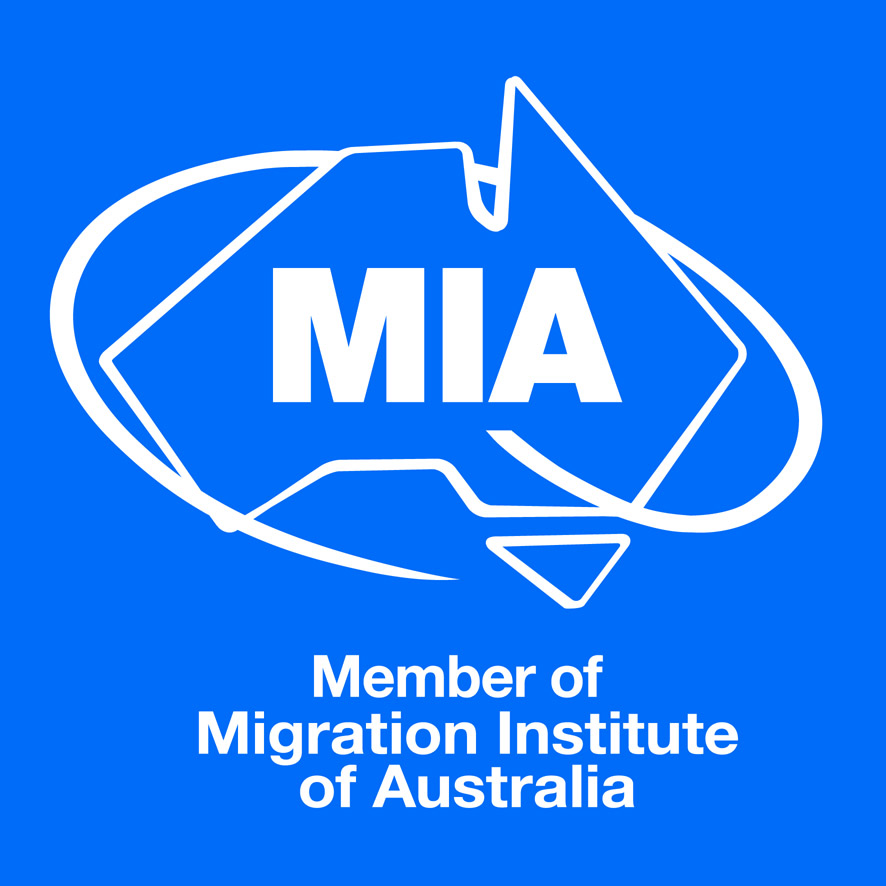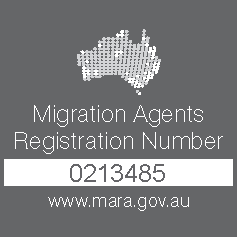Last week, Prime Minister Scott Morrison announced international borders would re-open in November in line with the National Plan.
While this is welcome news for everyone wanting to reunite with family overseas or those that just want to travel, how will it all work?
As we know most travel at the moment requires travel exemptions, Covid-19 tests, hotel quarantine etc.
At a federal level, the plan is straight forward with borders opening when 80% vaccination rates are achieved. At a state level, it’s a different story with each state having different border restrictions in place and reaching the 80% vaccination rate at different times.
Considering that each Australian state has their own set of rules when it comes to domestic borders, it’s fair to say that there are many questions that arise where international travel is concerned.
What we know so far
What we do know at this point is that international travel will be available to Australian citizens and permanent residents who are fully vaccinated. Fully vaccinated Australians will no longer need travel exemptions to leave or return. Unvaccinated Australian citizens and residents will be allowed to return home.
Quarantine
Following home quarantine pilot programs in New South Wales and South Australia, it’s expected that states and territories that are ready will put the following quarantine measures in place:
– Seven-day home quarantine for Australian citizens and permanent residents who are fully vaccinated with a vaccine approved by the Therapeutic Goods Administration (TGA) for use in Australia or recognised by the TGA
– 14-managed quarantine for anyone not vaccinated or vaccinated with a vaccine not approved or recognised by the TGA
Australian citizens and permeant residents unable to be vaccinated, e.g. if they are under 12 years of age or have a medical condition, will be treated as vaccinated for the purpose of travel.
The government will also be working towards quarantine-free travel for countries such as New Zealand once it is safe to do so.
Although this seems straightforward there are other factors that come into play. Travellers returning to Australia and quarantining at home will be restricted in how they get home from the airport. They will need to forego public transport to avoid contact with the public so a hire car, airport parking or a lift from a household member will be their only options for getting home. For those that live hours away from an international airport, this could prove difficult and raises more questions about moving people across regions safely.
Testing
Testing will continue to be a requirement for international travel but pending further medical advice, Rapid Antigen Tests may be used.
Proof of Vaccination
Once overseas travel restrictions are removed, Australians wanting to travel will be able to access an internationally recognised proof of vaccination document that will include a QR code.
Arrival Caps
The federal government will also work with each of the states to remove travel caps for vaccinated travellers. Once a state hits the 80% vaccination rate, its arrival cap will be removed.
Where can you go?
The government will not be implementing a ‘red light, green light’ system of approved and banned countries as the United Kingdom has done. Travellers would be able to go wherever they like subject to the normal security restrictions. It will also extend its Smartraveller advice system to warn against countries that are experiencing significant Covid-19 outbreaks.
At this stage Qantas and Virgin are potentially planning to travel to:
– The United Kingdom
– New Zealand
– The United States
– Hong Kong
– Japan
– Singapore
– Canada
– Fiji
– Bali
Restrictions overseas are subject to change which could affect the list of available destinations.
Stopovers
Depending on where in the world travellers are visiting, often stopovers are necessary. Travellers will need to be aware of Covid-19 restrictions not only at home and in their destination country, but they will also need to factor in requirements for any countries they are transiting through.
Many international flights have previously relied on stopovers in South-East Asian countries or the Middle East. Given travellers from all over the world transit through these countries, the possibility of Covid-19 transmission at these airports is high. Aviation analyst, Neil Hansford has said he would only trust stopovers in Singapore when it comes to travelling towards Europe.
Temporary Residents
Unfortunately, the freedom to travel overseas doesn’t apply to visa holders who may desperately want to travel overseas to see family. While visa holders can leave Australia, at this stage they are barred
from re-entering Australia without an exemption. There is still no confirmation as to whether those on spousal visas would be considered immediate family and able to travel freely.
Around the Country – What do the states say?
These plans have been announced at a national level. As we’ve seen when it comes to how each state has handled the pandemic, each of the premiers have had a different approach. It’s expected the subject of international travel will be no different.
New South Wales
New South Wales will likely be the first of the states to re-introduce international travel, given their high vaccination rates. The state is very eager to open international borders and will likely implement the home quarantine program for fully vaccinated travelers.
Victoria
Like New South Wales, Victoria is keen to resume international travel. Premier Daniel Andrews is also eager to take part in home quarantine trials.
Western Australia
Western Australia has declared that international borders will not open in line with the National Plan. Premier Mark McGowan has said they will open at some point when the state reaches a vaccination rate between 80% and 90%.
South Australia
South Australia has announced that it won’t lift international arrival caps and will only allow South Australians overseas wanting to come home to enter the state. While they have taken part in the home quarantine pilot, they will not be implementing the program at this stage. They will require all travelers whether vaccinated or not to partake in 14-day hotel quarantine.
Queensland
While Queensland is expected to achieve vaccination rates of 80% in early December, it’s not surprising that Premier Anastacia Palaszczuk will not be opening international borders at that time.
Tasmania
Premier Peter Gutwein has announced he won’t be opening international borders to incoming travelers until 90% of the population is fully vaccinated. Although, Tasmanians wanting to go overseas would be able to do so as long as they abide by quarantine rules upon their return.
Australian Capital Territory
Based on comments made by Chief Minister Andrew Barr, it’s expected that the ACT will resume international flights from December.
Northern Territory
The Northern Territory won’t reach 80% vaccination rates until 24 December. When they do reach the target and international borders open, it could possibly be the temporary gateway for direct flights to London.
The details of international travel are constantly evolving and hopefully, a clearer picture will emerge once borders are ready to open.
If you would like to discuss any aspect of migration contact the team at Visa Solutions Australia on 1800 828 008.
Travel Exemptions
While Australian borders are currently closed due to the COVID-19 pandemic, travel exemptions may apply under the following circumstances:
– A traveler has a compassionate or compelling reason to visit Australia
– Overseas workers holding a Subclass 482 or 400 visas are required to undertake a job in Australia that cannot be filled by a local employee
Visa Solutions Australia has been successful in acquiring a broad range of exemptions, from critical workers to those needing to travel on compassionate grounds.







